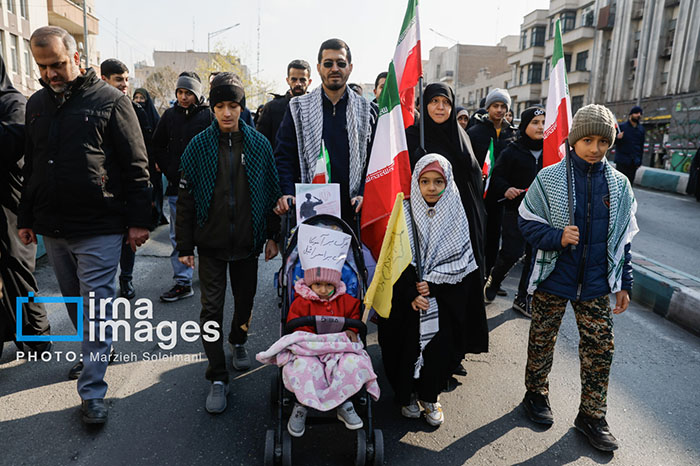[custom_adv]
Consequences and Legacy of the Revolution
The Iranian Revolution had profound and far-reaching consequences, both domestically and internationally. Some of the most notable effects include:
- Transformation of Iran’s Political System: The revolution marked the end of the monarchy and established a theocratic system in which clerics wielded significant influence over governance.
- Radical Changes in Iranian Society: The new government imposed strict Islamic laws, including mandatory hijab for women, restrictions on Western culture, and policies that reshaped Iran’s educational and legal systems.
- Strained Relations with the West: The revolution led to a dramatic deterioration in Iran’s relations with Western countries, particularly the United States. The U.S. embassy hostage crisis in November 1979, in which Iranian students seized the American embassy in Tehran and held 52 hostages for 444 days, further exacerbated tensions.
- Regional and Global Impact: The revolution inspired Islamist movements across the Middle East and influenced political dynamics in countries such as Lebanon, Iraq, and Saudi Arabia.
- Economic and Military Challenges: Iran faced economic struggles due to Western sanctions, internal instability, and the outbreak of the Iran-Iraq War in 1980, which further strained the country’s resources.

